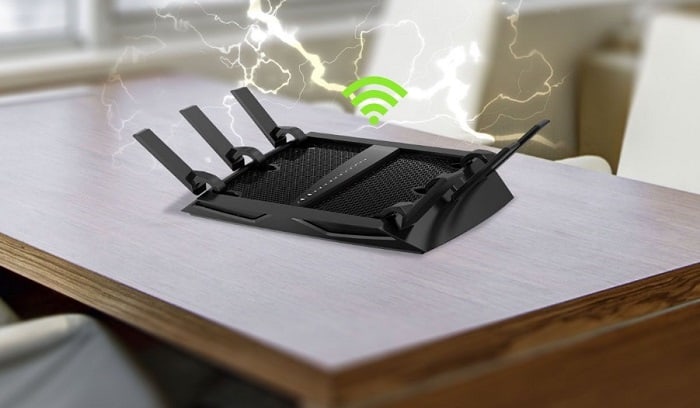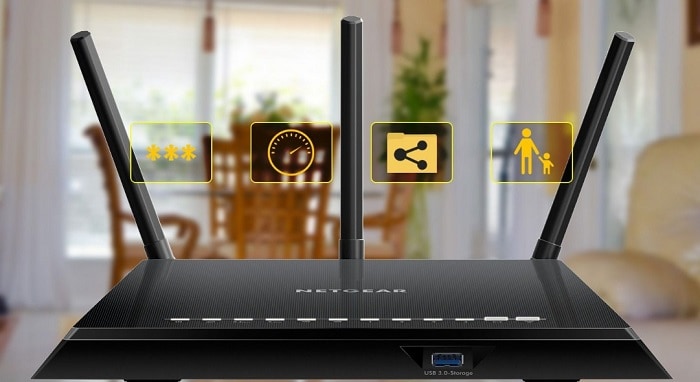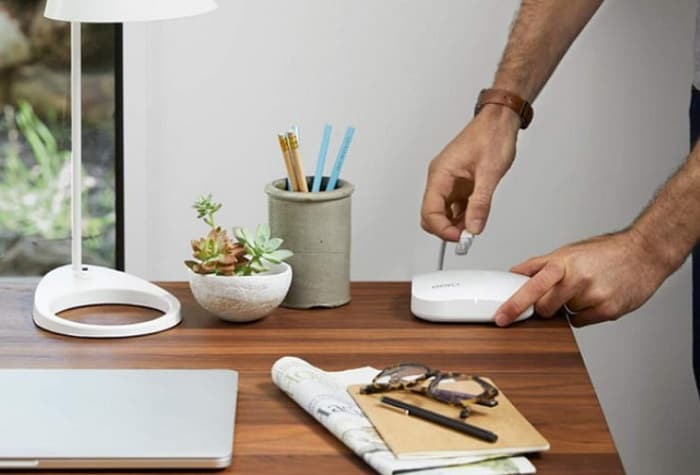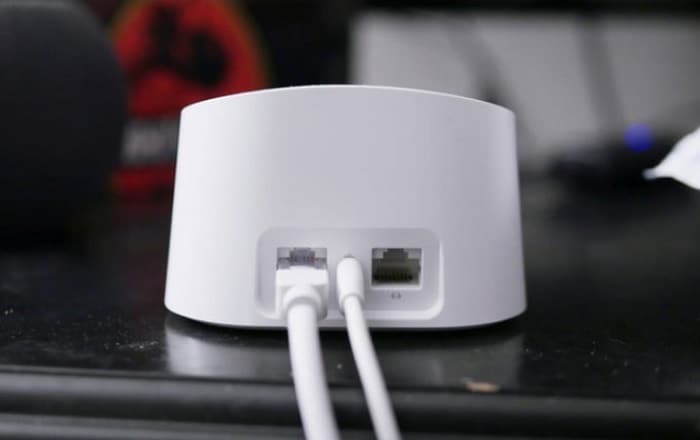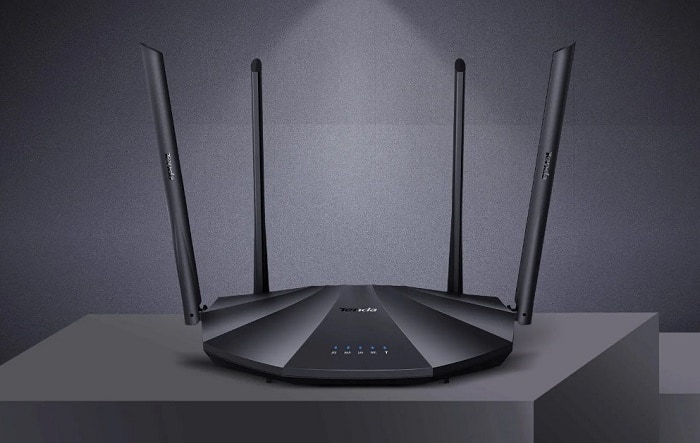This article will show you how I change the channel on my router. which can improve Wi-Fi performance. The effectiveness of this update will vary depending on how many other routers and wireless devices are in your vicinity.
To begin with, the most common way to change the channel is through the router’s web interface. You will need to open a web browser and type your router’s IP address into the address bar. Once you have entered the IP address, you will prompt for a username and password.
First, enter the credentials you use to access your router’s web interface and then look for the section that says “Wireless” or “Wireless Settings.” Then, you should see an option within this section that says “Channel.” Select the channel that you want to use and then save your changes.
In addition, there is another way to change the channel on your router is through the router’s configuration menu. To access this menu, you will need to type in your router’s IP address into the address bar in a web browser and press Enter. Once you have entered the IP address, you will prompt for a username and password.
See also: Home Network Monitoring (A Complete Guide)
Contents
- 0.1 How Do I Change The Channel On My Router?
- 0.2 What Channel Should The Router Be On?
- 0.3 Which Wi-Fi Channel Is Best For 2.4 GHz Frequency?
- 0.4 Why Can’t I Change My Wi-Fi Channel?
- 1 FAQs:
- 1.1 What Is The Best Channel Bandwidth For Wi-Fi?
- 1.2 How Do I Know If My Wi-Fi Is 2.4 or 5?
- 1.3 Can Neighbors’ Wi-Fi Interfere With Mine?
- 1.4 What Does Changing Channel Bandwidth Do?
- 1.5 What Wi-Fi Channel Should I Use 5GHz?
- 1.6 What Does Changing The Router Channel Do?
- 1.7 How Do I Check The Frequency Of My Wireless Router?
- 1.8 How Do I Change My Wi-Fi From 2.4 to 5GHz?
- 1.9 Should I Enable a 160 MHz Router?
- 1.10 Should I Use 80MHz For 5GHz?
- 1.11 What Is The Best Channel Width For 2.4 GHz?
- 1.12 What Is This SSID?
- 1.13 What Devices Should Be On 2.4GHz And 5GHz?
- 1.14 How Can I Know If My Router Is Dual-Band?
- 2 Conclusion
How Do I Change The Channel On My Router?
To change the channel on your router:
- Log into your router’s control panel. This is usually done by entering the router’s IP address into your web browser’s address bar.
- Find the section on your router’s control panel that allows you to change the channel. This is usually in the “Wireless” or “Advanced” settings.
- Choose a different channel from the ones that are currently selected. We recommend choosing a channel, not in use by any of your neighbors’ routers.
- Save the changes and exit the control panel.
What Channel Should The Router Be On?
The router should be set to channel 1, 6, or 11. These are the only non-overlapping channels. Setting the router to one of these channels will help reduce interference and maximize performance.
See also: Wireless Pan DHCP Server
Which Wi-Fi Channel Is Best For 2.4 GHz Frequency?
There is no clear answer, as the best Wi-Fi channel for 2.4 GHz frequency can vary depending on your specific situation and requirements.
However, in general, it is recommended that you use a less crowded channel that has less interference from other devices.
Additionally, suppose you are using a router that supports multiple channels. In that case, you may want to experiment with different channels to see which one provides the best performance for your specific situation.
Why Can’t I Change My Wi-Fi Channel?
There are reasons why you might not be able to change your Wi-Fi channel, and one reason could be that your router lock to a specific channel.
Another reason could be interference from other devices or networks using the same or similar channels. If you’re experiencing poor Wi-Fi performance, changing the channel may help improve your connection.
FAQs:
What Is The Best Channel Bandwidth For Wi-Fi?
There is no clear answer to this question. It depends on several factors, including the specific router you are using, the number of devices connected to the Wi-Fi network, and the amount of data transferred.
However, wider channel bandwidths (40 MHz or 80 MHz) will generally perform better than narrower channel bandwidths (20 MHz or 10 MHz).
How Do I Know If My Wi-Fi Is 2.4 or 5?
To begin with, the easiest way to determine if your Wi-Fi is 2.4 or 5 is to check the name of your wireless network. If it includes the number 5, it operates on the 5GHz frequency. If it only consists of the number 2, it runs on the 2.4GHz frequency.
Also, check the connection of the device to your network. If you see any devices that only support the 2.4GHz frequency, your network will likely run on that frequency.
Can Neighbors’ Wi-Fi Interfere With Mine?
Basically, if your neighbor has a Wi-Fi router that is not adequately secured, other people can piggyback on their signal and use your Internet connection without your knowledge or permission.
This can slow down your connection and result in unexpected charges on your bill. To prevent this from happening, make sure to secure your Wi-Fi router with a strong password.
In addition, you can also ask your neighbor to do the same. Also, if you are still experiencing interference, you may consider using a different channel for your Wi-Fi signal or investing in a mesh system that uses multiple access points to create a more reliable connection.
What Does Changing Channel Bandwidth Do?
This is the most common question asked. The answer to this question is quite simple; it changes the width of the signal that your wireless devices are using to communicate.
The huge majority of home and small office routers can operate in two different modes; 20MHz and 40MHz. The default mode for most routers is 20MHz, which is the standard mode that 802.11n devices use, and the 40MHz method extends the 20MHz mode and allows for broader signal bandwidths.
What Wi-Fi Channel Should I Use 5GHz?
One of the benefits of using the 5GHz band is that there are more non-overlapping channels than 2.4GHz, so you have more flexibility in choosing a channel. However, because 5GHz channels are narrower, they don’t propagate as far and are more susceptible to interference.
What Does Changing The Router Channel Do?
Changing the router’s channel can improve its signal strength and increase the speed of your home network, and it can also help reduce interference from other devices using the same or similar frequencies.
How Do I Check The Frequency Of My Wireless Router?
Basically, to check the frequency of your wireless router, log into the router’s web interface and look for the “Frequency” or “Channel” setting. This setting is locate in the router’s web interface’s “Wireless” or “Advanced” section. The exact location will change depending on your router’s make and model.
See also: How To Troubleshoot Router | Top 5 Solutions
How Do I Change My Wi-Fi From 2.4 to 5GHz?
If you want to change your Wi-Fi from 2.4 to 5GHz, you need to go into your router’s settings and change the channel. You will need to log into your router’s web interface. Once you log in, look for the Wireless settings page and find the channel selection.
From here, you can select the 5GHz option. Save your changes and reboot your router. After the reboot, your Wi-Fi should be running on the 5GHz frequency.
Should I Enable a 160 MHz Router?
The answer depends on your needs. If you have a lot of devices that need to connect to the internet, or if you plan on streaming video or gaming online, then a 160 MHz router can give you the speed and performance you need.
See also: Find Default Router Gateway
Should I Use 80MHz For 5GHz?
No. 80MHz is the maximum channel width allowed in the 5GHz band. However, using a channel width greater than 40MHz is not recommended without first consulting with a qualified wireless network engineer. Also, increasing the channel width can result in increased interference and reduced performance.
What Is The Best Channel Width For 2.4 GHz?
The best channel width for 2.4 GHz is 20 MHz, and this provides the best performance and compatibility with a wide range of devices.
What Is This SSID?
Basically, this is the Service Set Identifier. The SSID is a unique identifier that allows devices to connect to a specific wireless network. Each SSID consists of a 32-byte string of characters. When you connect to a Wi-Fi network, you must enter the SSID to connect to the correct network.
What Devices Should Be On 2.4GHz And 5GHz?
2.4GHz:
- Wireless printers
- Most cordless phones
- Baby monitors
- Bluetooth devices
- Wireless game consoles
5GHz:
- Smartphones
- Tablets
- Laptops
- Desktop computers
- Gaming consoles
- Streaming media players
- Smart TVs
How Can I Know If My Router Is Dual-Band?
If you’re unsure if your router is dual-band, check the documentation that came with it or on the router itself, and search for a label. Contact the manufacturer if you still can’t determine whether your router is dual-band.
Most newer laptops, smartphones, and other Wi-Fi devices support 2.4 GHz and 5 GHz frequencies, so dual-band routers are increasingly common.
Conclusion
To summarize, knowing how to change the router channel can help you enhance your wireless performance, especially if you live in an area where there are a lot of other wireless devices and routers competing for the same frequencies. Hope this has cleared how to increase the speed of your WiFi connection by changing the channel on your router.
Read more: Jio Router Login – A Complete Guide

Sam Ingalls is a content writer and researcher covering enterprise technology, IT trends, and network security for eSecurityPlanet.com, Webopedia.com, ChannelInsider.com, and ServerWatch.com.
